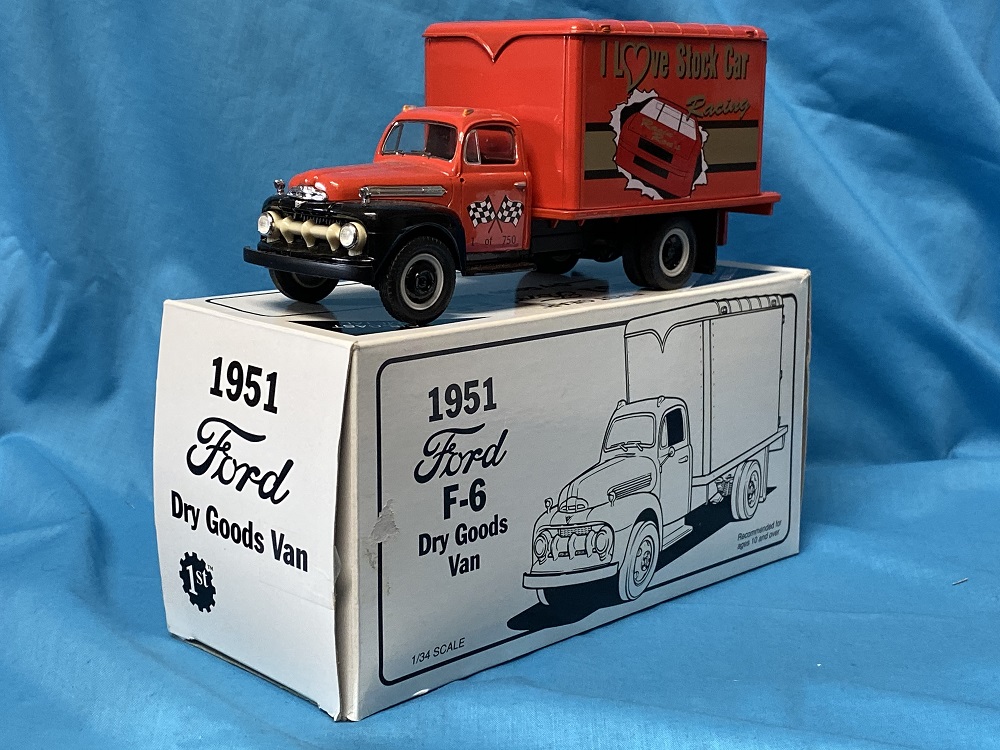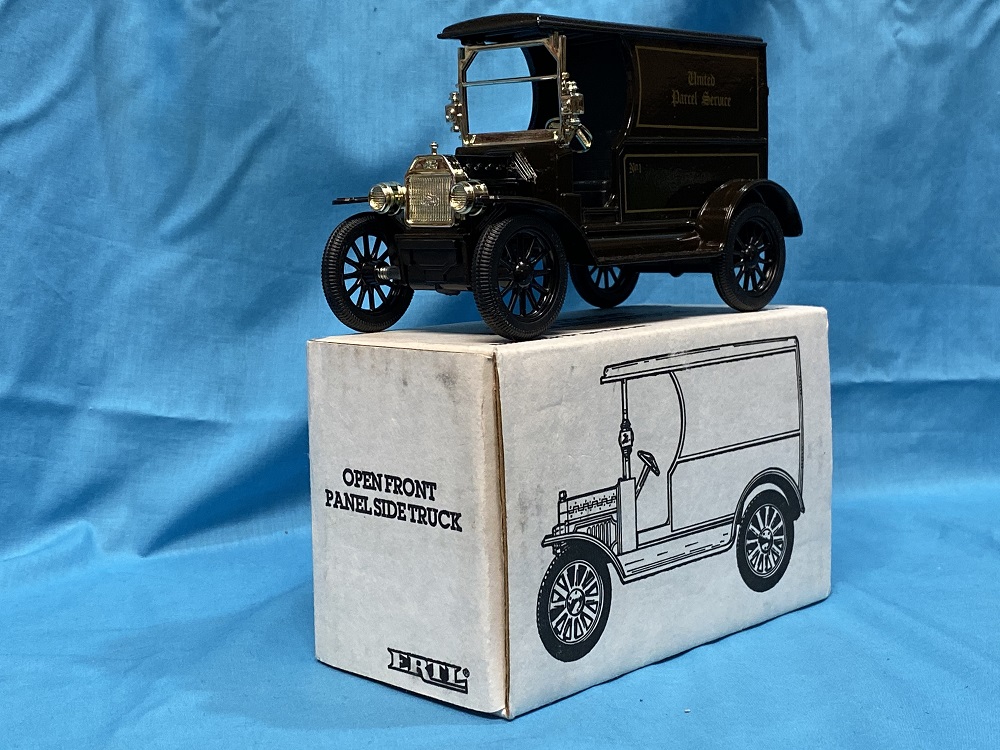4 Keys To Freeing Yourself From Debt
Debt is a way of life for many Americans. We owe money on our homes, our cars, our possessions (from furniture to clothes), and our education. Many Americans are so mired in debt they aren’t even sure just how much they owe and to whom — even worse they sometimes don’t even remember just what caused their debt.
Some debt is good for you. For example, what you owe on your home can provide a nice way to balance out your income tax. A little debt is not a bad thing either as making regular payments to various creditors helps build your credit rating which makes it easier for you to obtain loans at good rates. However the truth is that most Americans have more than a little debt — and many owe far too much money and are already, or soon will be, in financial trouble as a result.
Finding yourself owing a lot of money is not the end of the road and you can stop your cycle of debt by taking four positive steps to break the cycle.
First, attack your high-cost debts. This likely includes credit cards where you may be paying high minimum payments and high interest rates. Pay off the balances on credit cards carrying the highest interest rates first. Continue making your minimum payments for lower-interest cards but concentrate on paying off the highest interest. When the high-cost cards are paid off then work to eliminate the balances on your other cards.
Second, reach out to your creditors. If you are going to be late or have difficulty paying your minimum payments then contact the credit card company. Even if you can make all your payments in a timely fashion there are two benefits you can reap from contacting the card issuer. First, you may be able to negotiate lower rates or more favorable terms. Second, they might be able to recommend alternatives that can minimize damage to your credit rating.
Third, consolidate your debts as much as possible. You can accomplish this a number of ways. One possibility is simply transferring balances from one credit card to another with a lower rate, but be aware of transfer fees before choosing this option. Another possibility, if you own your own home, is to take out a home-equity loan or line of credit which should have a lower interest rate than most credit cards can offer as well as offering tax deductions. Finally, you can also consider a secured loan offering the value in another form of property, your vehicle for example.
Fourth, don’t sacrifice your retirement savings. Obviously paying off your debt should be a high financial priority but cutting what you save for retirement to do so may not be the wisest course — especially if that becomes a long term habit or if you are losing out on your employer’s matching funds as a result. Perhaps you may be able to borrow against (or from) your retirement funds at a lower interest rate which will allow you to continue to save for retirement while also getting out from under your debt.
While owing money may well be the American way it can also be a tremendous burden to bear. You can shed the weight of your load or at least trim it down to a more manageable level by taking these four steps.















